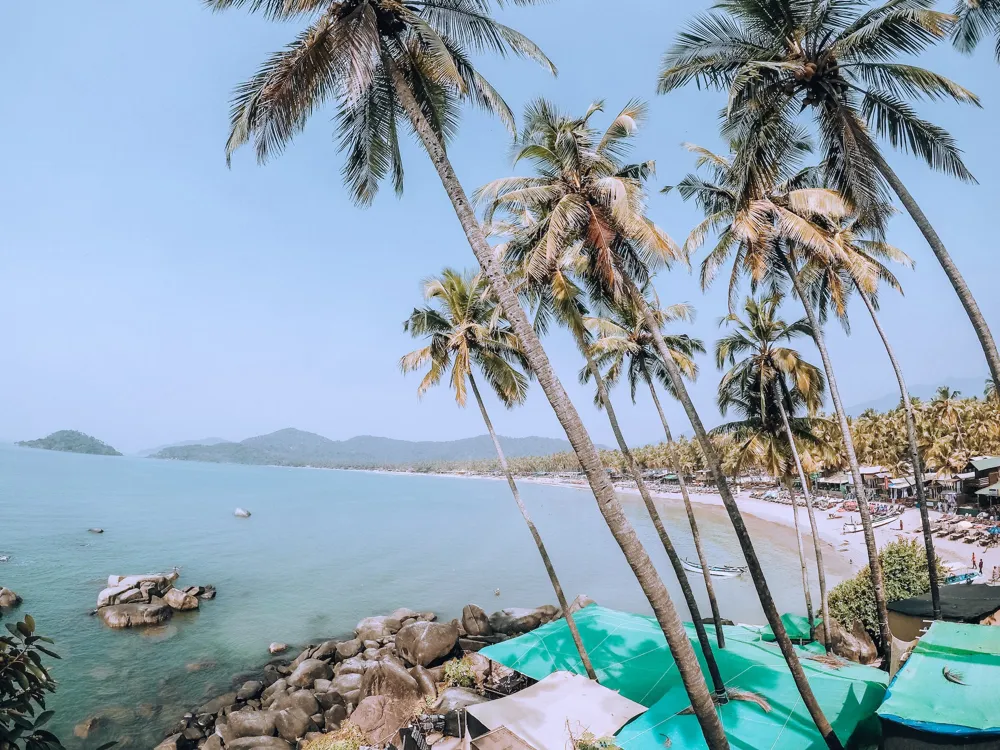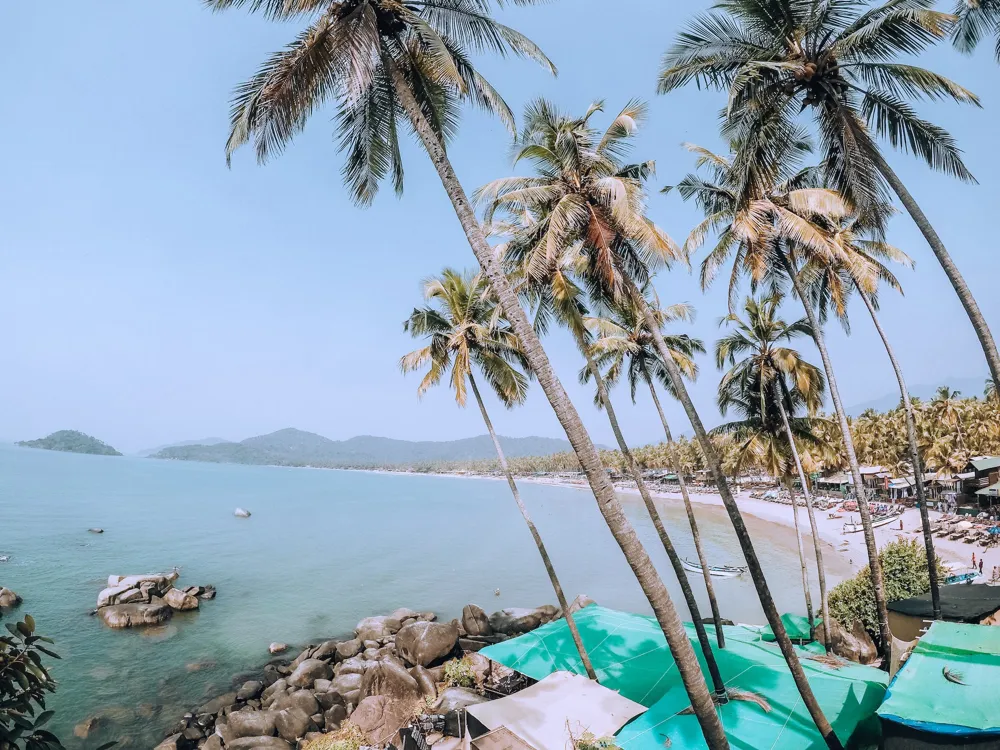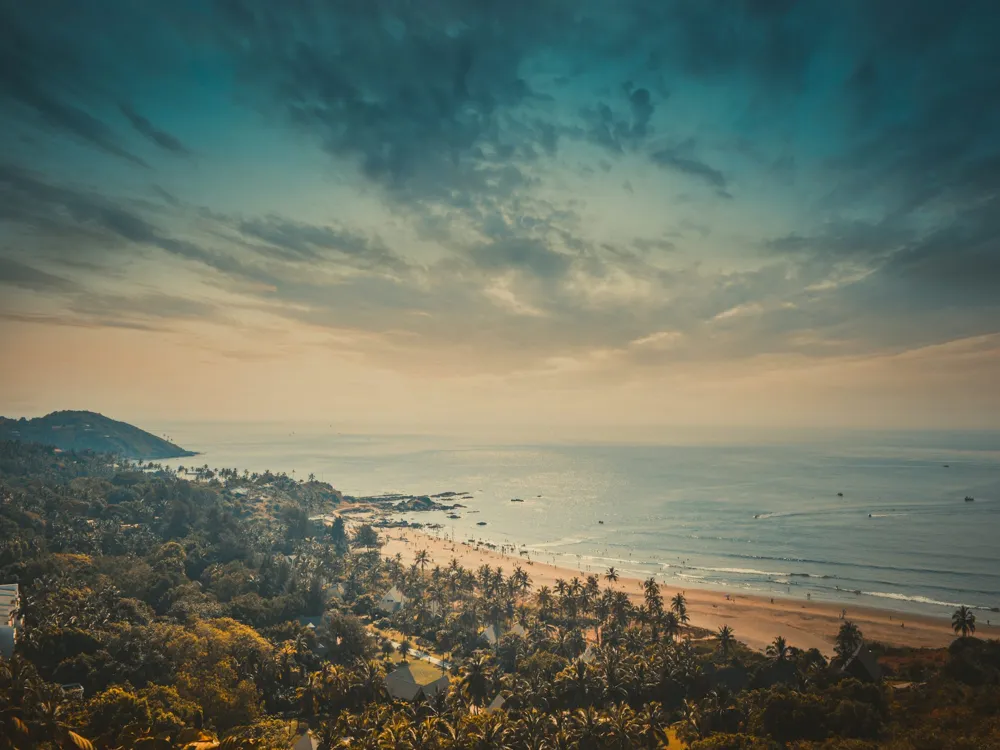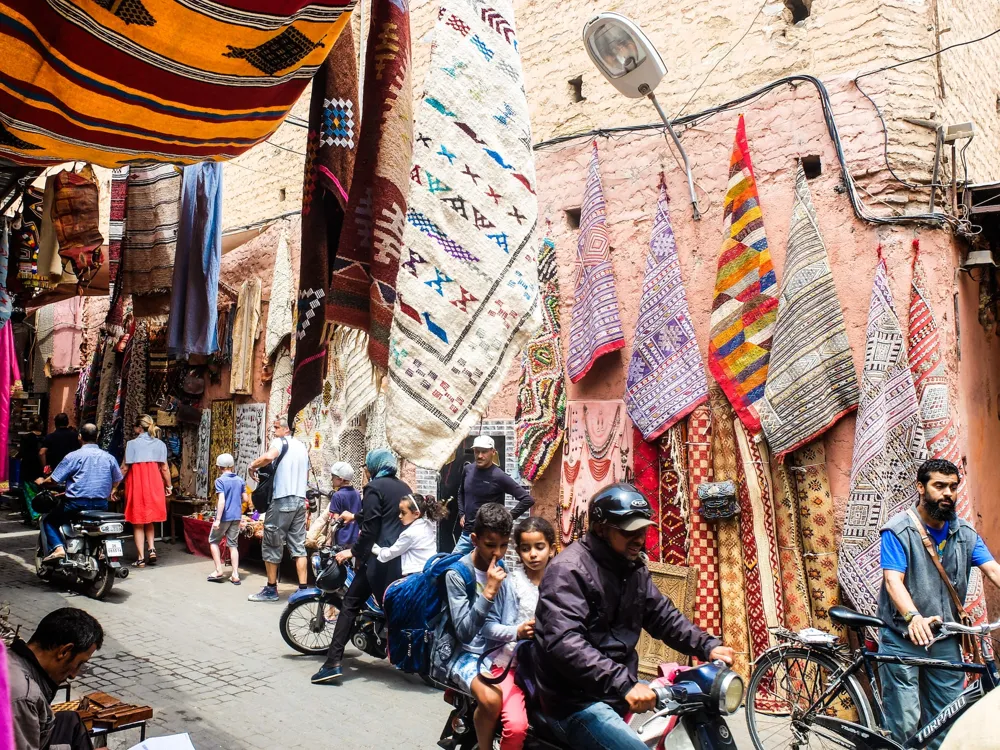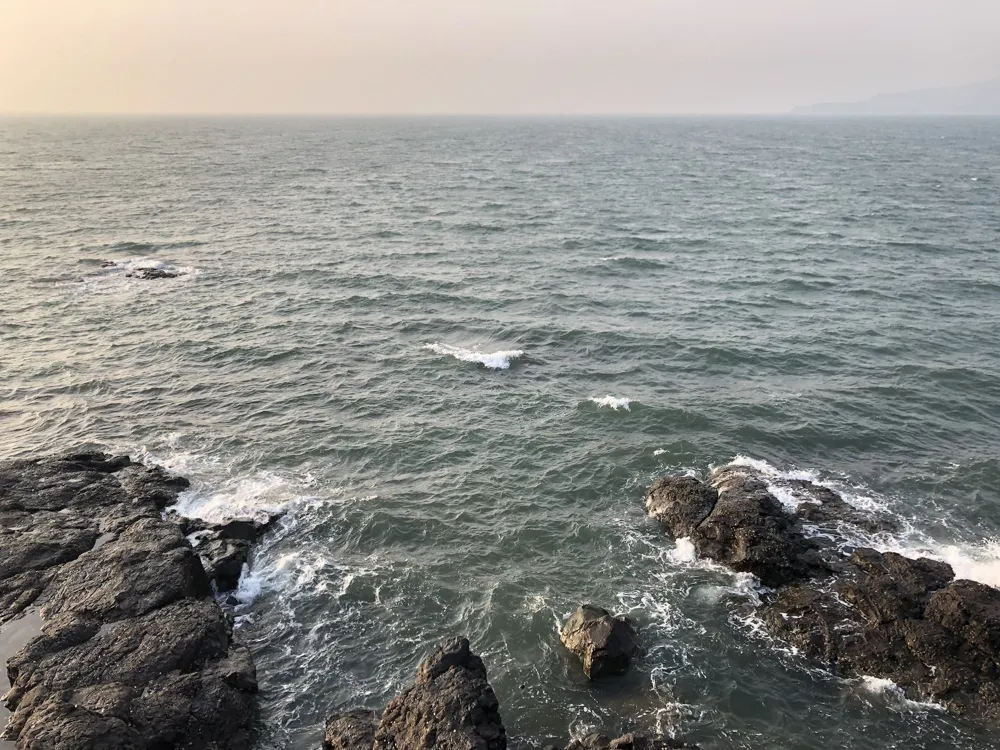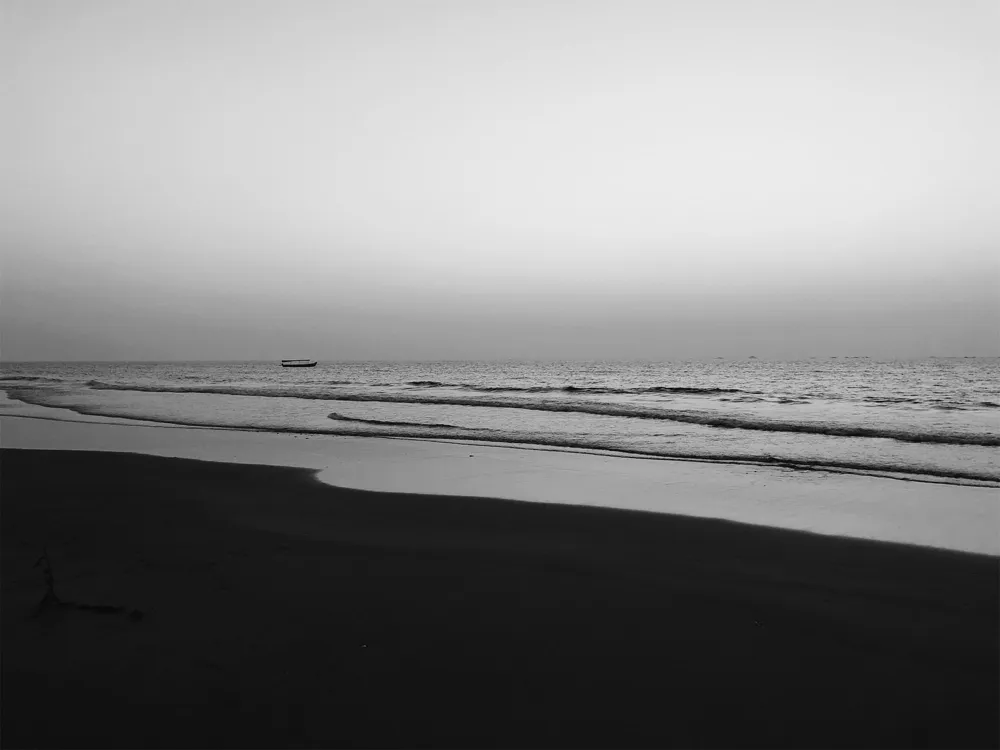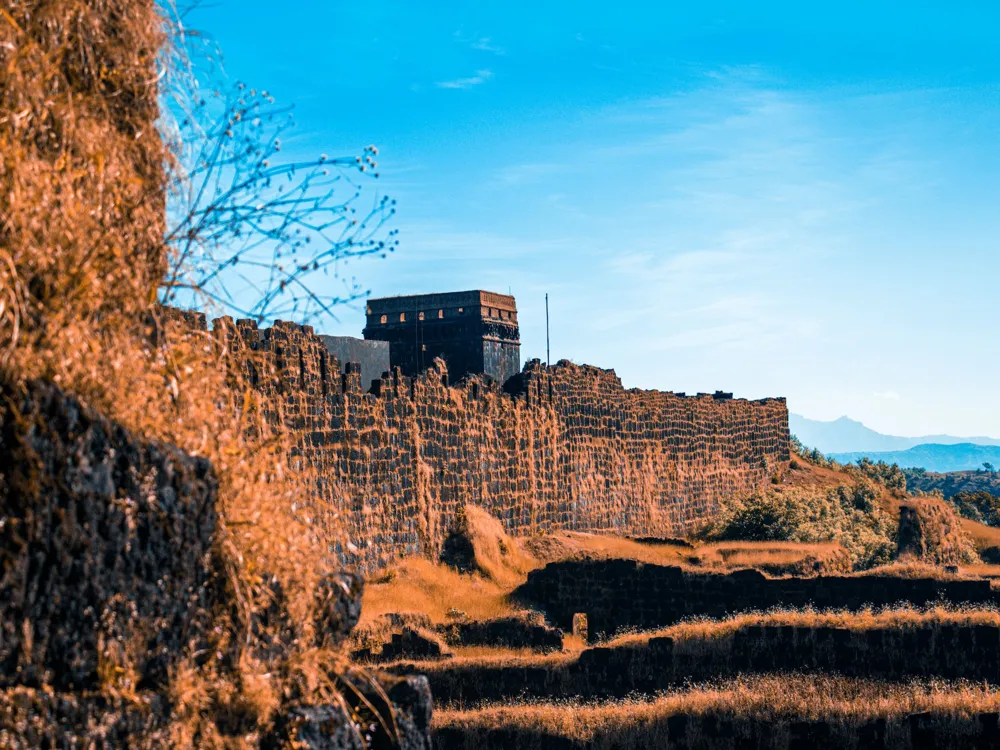Madgaon, also known as Margao, is the cultural and commercial capital of Goa, a state in India renowned for its breathtaking beaches and rich history. As the second-largest city in Goa, Madgaon is a bustling metropolis that harmoniously blends traditional Goan culture with modern amenities. This city, often considered the gateway to South Goa, is steeped in history, with its origins dating back to the pre-Portuguese times. Madgaon's unique charm lies in its exotic blend of Indian and Portuguese cultures, evident in its cuisine, architecture, and lifestyle.
The heart of Madgaon is its vibrant market, known as the Madgaon Market, a bustling hub of commerce and a perfect place to experience the local Goan life. This market offers everything from fresh seafood to traditional Goan spices, making it a paradise for food lovers. The city is also home to some of the most exquisite examples of Portuguese colonial architecture, with historic churches and old houses dotting its landscape. The Church of the Holy Spirit, built in the 17th century, is a prime example of this and is a must-visit for anyone interested in history and architecture.
Apart from its rich cultural heritage, Madgaon is also known for its educational institutions, which attract students from across the state and the country. The city's infrastructure is well-developed, with good connectivity by road, rail, and air. Madgaon's railway station is one of the busiest in Goa, connecting the city to major Indian cities. The city's blend of urban convenience and cultural richness makes it a unique destination, offering something for everyone.
Goa's architecture is a testament to its rich and diverse history, marked by Portuguese colonial rule, Indian influences, and modern advancements. The architectural landscape of Goa is a picturesque amalgamation of white-washed churches, colorful Hindu temples, and old Portuguese homes, creating a unique aesthetic that is distinctly Goan.
The Portuguese influence is most evident in Goa's churches and old villas. The Basilica of Bom Jesus, a UNESCO World Heritage Site, is an iconic example, renowned for its baroque architecture and the mortal remains of St. Francis Xavier. The Se Cathedral, another architectural marvel, reflects the grandeur of Portuguese design and their religious influence in Goa. These churches are not just places of worship but also hold great historical and architectural significance.
In contrast to the European-style churches, Goan temples showcase the Indian style of architecture with their intricate carvings, towering deepstambhas (lamp towers), and spacious courtyards. The Mangueshi Temple and the Shantadurga Temple are prime examples of the region's Hindu architectural heritage. These temples are significant not only for their religious importance but also for their role in preserving Goan culture and history.
The old Portuguese houses, often painted in vibrant colors, with balcões (balconies) and oyster shell windows, offer a glimpse into Goa's colonial past. These houses, with their unique blend of Portuguese and Indian architectural elements, stand as symbols of Goa's multicultural legacy.
Goa is a year-round destination, but the best time to visit is from November to February, when the weather is pleasant and conducive to exploring the beaches and other attractions. The monsoon season, from June to September, is less crowded and can be a good time for those who enjoy the rain and lush green landscapes.
The most convenient way to explore Goa is by renting a scooter or a car. Public transport, like buses, is available but may not always be reliable. Taxis and app-based cabs are also good options, though they can be more expensive.
Goa has a diverse culture. It's important to dress modestly, especially when visiting religious sites. Learning a few phrases in Konkani, the local language, can be helpful and is appreciated by the locals.
Goa is well-connected by air, road, and rail. The Goa International Airport in Dabolim connects to major Indian cities and some international destinations. By rail, Goa is accessible through two main stations: Madgaon and Thivim, connecting it to major cities across India. For road travel, Goa has a good network of highways connecting it to neighboring states. Buses, both private and state-run, operate regularly to and from Goa.
Overview of Madgaon, Goa
Architecture of Goa
Tips When Visiting Goa
Best Time to Visit
Local Transportation
Respecting Local Culture
How To Reach Goa
Goa Chitra
Madgaon
Goa
NaN onwards
View goa Packages
Weather :
Tags : Museum
Timings : 9:00 AM - 6:00 PM
Entry fees : INR 300
Planning a Trip? Ask Your Question
Goa Travel Packages
View All Packages For Goa
Top Hotel Collections for Goa

Private Pool

Luxury Hotels

5-Star Hotels

Pet Friendly
Top Hotels Near Goa
Other Top Ranking Places In Goa
View All Places To Visit In goa
View goa Packages
Weather :
Tags : Museum
Timings : 9:00 AM - 6:00 PM
Entry fees : INR 300
Planning a Trip? Ask Your Question
Goa Travel Packages
View All Packages For Goa
Top Hotel Collections for Goa

Private Pool

Luxury Hotels

5-Star Hotels

Pet Friendly









